
The Battle of Bussaco takes place at the beginning of book 2 of the Peninsular War Saga, An Irregular Regiment. Lord Wellington had organised a retreat back to the Lines of Torres Vedras, the series of defences he had built to protect Lisbon from the invading French. He was not in a position to push the French back at this point, so the battle was more of a delaying tactic, but it was very successful and made an important point to Massena. It was also an opportunity for Wellington to try out the newly reorganised Portuguese army in battle and he was very happy with their performance. In the book, Major Paul van Daan is newly married to his second wife and back on the battlefield without time for a honeymoon…
Paul could hear them now, the steady drum beat of the approaching columns. He turned to O’Reilly.
“They’re coming,” he said, and raised his voice softly. “110th at the ready!”
“Ready, sir,” Wheeler called back, and the order was passed along the lines. There was no bugle call on this occasion. Craufurd wanted the presence of such a large force to come as a shock to the French.
Michael checked his rifle and looked over his shoulder. “Nice and steady boys,” he said. “No need to be heroic here, the bastards have no idea they’re about to walk into us. Wait for my word, now.”
“Light company ready, Sergeant?”
“Ready as they’ll ever be, sir.”
Paul moved along the ranks his eyes checking for potential problems. They could hear the marching of the French coming closer through the mist and he saw the green jackets of the 95th further up beginning to move forward in skirmish formation. He nodded to Michael.
“Corporal Carter,” Michael called.
“Yes, Sergeant.”
“Will your lads pay particular attention to not letting the Major get himself killed today? You know how clumsy he is, and if I have to take him down to the hospital with a hole in him, his wife is likely to be after us with a scalpel.”
Paul looked back, startled, and then began to laugh. “Corporal Carter!”
“Sir.”
“Let the lads know there’ll be extra grog for the man who shoots Sergeant O’Reilly for me today. Make it look like an accident.”
There was a muted rumble of laughter. “Do it now for you if you like, sir!” one of the sharpshooters called. “No need for extra grog, be my pleasure!”
“You’d better hope the French get you today, Scofield, you cheeky bastard!” the sergeant said, laughing. “Ready now boys.”
“Get going,” Paul said, and Captain Swanson called the order and led his men forward.
They watched as the skirmishers moved over the ridge, taking down individual Frenchmen with accurate rifle fire. It took some time. Paul grinned as he realised that his light company were getting carried away with their feinted attack and were actually pushing the French column back. He imagined that Craufurd was cursing them for delaying the French advance. He could not sound a retreat without alerting the French to his position so he settled down to wait for Carl and O’Reilly to pull them back. Eventually he saw them moving back up the ridge, saw Carter and young Hammond laughing, having just received an earful from their exasperated sergeant. The rifles of the light division were already back up the ridge and the French came on, causing the English gunners to limber up and pull back. Still they waited. The French came closer, pressing on, thinking that on this part of the ridge at least they had the English on the run. They could only see the thin line of the 43rd.
Craufurd held his nerve. The leading column was within twenty-five yards of the crest, and Paul could see the individual faces of each Frenchman when he heard Black Bob yell. “52nd and 110th – avenge Moore!”
It was an emotive cry. There were men of both regiments who had seen Sir John Moore fall at Corunna and he had been beloved of the men he commanded. Paul had done his early training under Moore and had always believed him to be one of the best commanders of light infantry in the army.
“Fire!” Paul roared, and along the line the 52nd and the 110th rose and fired a staggering volley of rifle and musket fire at point blank range into the enemy. No man at the front of the columns was left standing. Along the line his men were reloading, as the shocked Frenchmen reeled, and then steadied and clambered over the bodies of their comrades and ran into a second devastating volley. Some of his riflemen fell back to reload and manage a third, but the rest fixed bayonets and Paul drew his sword.
In the roar of the musket fire and the screams of wounded and dying men, Paul moved his lines steadily forward. He had deliberately allowed the experienced men of the 110th to bear the brunt of the first attack and seeing that they were holding their own without difficulty he ran back to his two Portuguese battalions leaving Johnny to lead the 110th on. These were raw inexperienced troops but he was hopeful that with him at their head they would stand.
He was not disappointed. As the musket fire tapered off, the men were fighting with bayonets and swords, and he led his Portuguese into the fray. With the example of the 110th already cutting their way through the French lines, they did not hesitate, and before long the French advance had halted and the whole line was wavering. Paul’s men found time to reload again, and as another barrage of fire crashed into them the French began to run. Some of the Portuguese chased after them, and Paul bellowed to stop them. Without being able to see what was happening all along the ridge he would not risk them charging through French lines and being cut off and hacked to pieces.
A small party of horsemen approached from the north. “Nice work, Major van Daan,” Lord Wellington said. “Our allies are looking good today.”
“Our allies are looking bloody brilliant, sir,” Paul said. He was delighted with the performance of his Portuguese, and he could sense the high spirits of the troops. They had worked hard and trained well, but nothing improved morale as well as a successful action.
“Think you can make them even better, Major?” Wellington asked quietly, and Paul looked up sharply.
“Given some time, definitely, sir.”
“I’ll bear that in mind. They’ll remain under your command for the time being until we have a chance to talk.”
“Yes, sir.”
Wellington looked along the line to where Craufurd was approaching. “General Craufurd. Superb work, sir. Couldn’t have gone better. I think that will more or less do it for the day. They might rattle away at us a bit, but they’ve got the point. Well done, sir.”
Craufurd’s face lightened slightly. “Thank you, sir. Good tactics.” He glanced at Paul, and his mouth twitched into what was almost a smile. “Well done, Major van Daan.”
“Thank you, sir.”
Wellington smiled as he watched Craufurd move back down the lines. “Nicely handled, Major. Your diplomatic skills have improved since India.”
“I hope so, sir. I was an arrogant young bastard then.”
“You still are, Major. You just hide it better. Hold the line and be ready in case I need you elsewhere, you’re the fastest battalion I have. But I think we’re mostly done.”
“Yes, sir. We’ll keep picking them off as we see them. Good shooting practice for the lads.” Paul raised his voice. “Carter! O’Reilly still alive, is he? Why? Get on with it, lad, haven’t got all day!”
“You’re a murdering bastard, so you are, sir!” an Irish voice called, and Michael emerged through the smoke which hung like a pall over the battlefield and realised that Wellington was listening with great interest. “Oh sorry, sir, didn’t know you were here. Major van Daan is just trying to talk the lads into shooting me, sir.”
Wellington gave one of his alarming cracks of laughter. “Is he? Well I’d better get out of here then in case he decides to set them on me! Hope you survive the day, Sergeant.”
“Thank you, sir, appreciate your support,” Michael said. He watched as the general rode off up the line. “Peterson is down, sir, shot through the shoulder. I’ve sent him up to the back to get treated. Can’t have him lying around to trip over if they come again. No other casualties.”
“Good. Carl, do you know how the other brigades are doing?”
“All good I think. They’d no idea we had so many men. Brilliant tactics.”
“Aye, Hookey knows his work. They don’t know they’re beaten yet, but they are. Let’s keep it up, nice and steady. If it’s French, shoot it.” He looked at Michael and grinned. “Or Irish and wearing sergeant’s stripes.”
“Very funny. If I get caught in the crossfire you’ll be laughing on the other side of your face, so you will.”
“Stay alive, Michael. If I get you killed, she’ll murder me. She likes you, you’re always on her side if we fight.”
“We’re all on her side, sir, in case you’d not realised. She’s prettier than you. And possibly a better soldier too, now that I’ve seen her in a fight.”
Paul laughed. “She fights dirtier than you do, Sergeant.”
“Good. I hope she shoots you on sight.”
(From An Irregular Regiment: Book 2 of the Peninsular War Saga by Lynn Bryant)



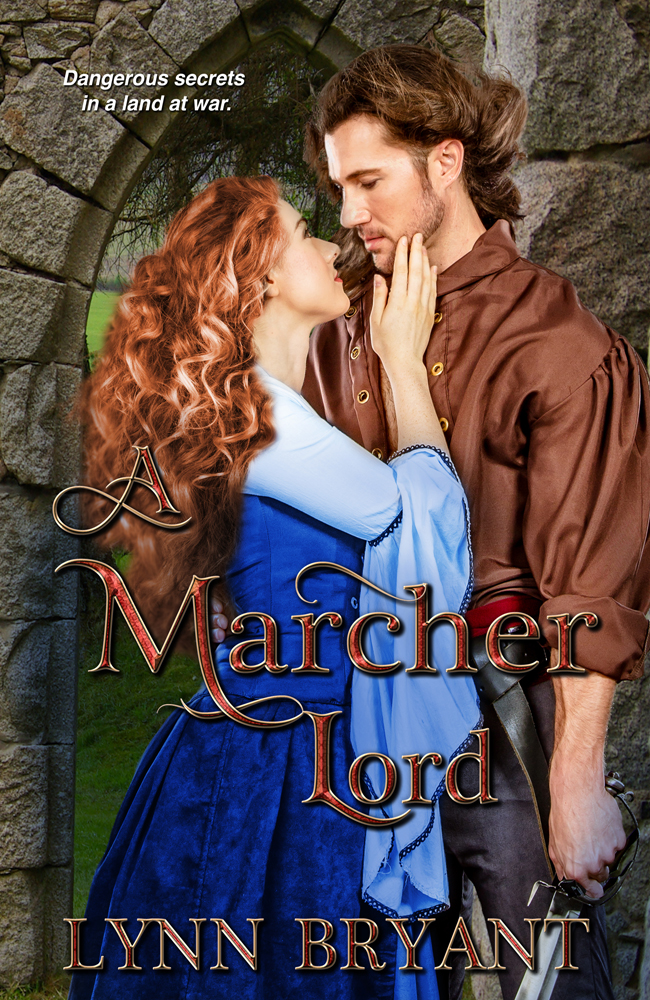
 For 300 years the people of the Anglo-Scottish Border region lived in a war zone. Invading armies caused terror, destruction and death and the ongoing conflict forged men who were expert raiders and cattle thieves, owing loyalty to none but their own clan, their own surname. We have come to know them as the Border Reivers.
For 300 years the people of the Anglo-Scottish Border region lived in a war zone. Invading armies caused terror, destruction and death and the ongoing conflict forged men who were expert raiders and cattle thieves, owing loyalty to none but their own clan, their own surname. We have come to know them as the Border Reivers.







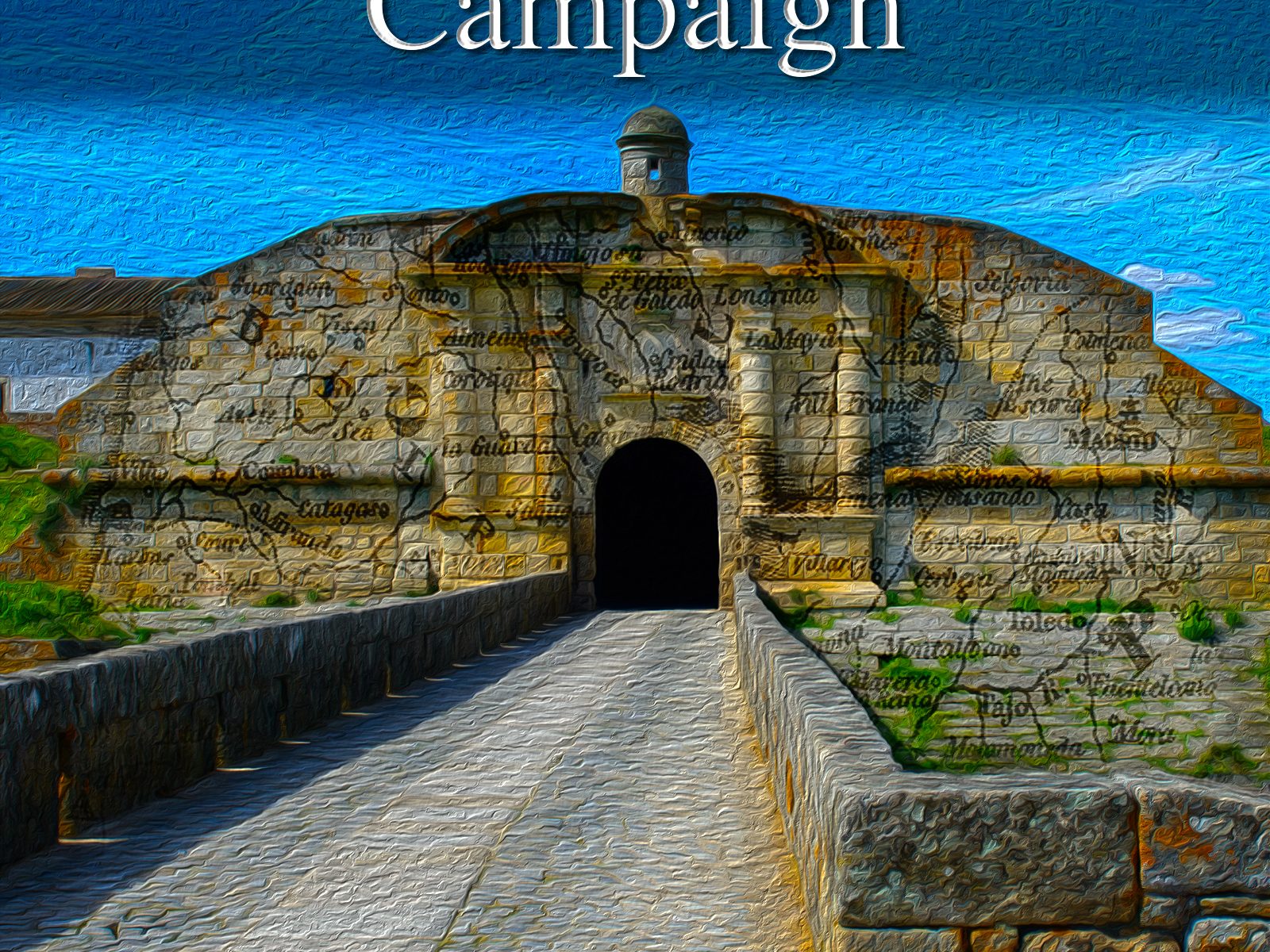
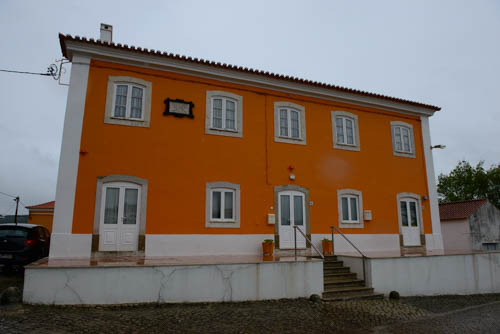
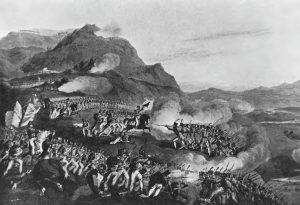
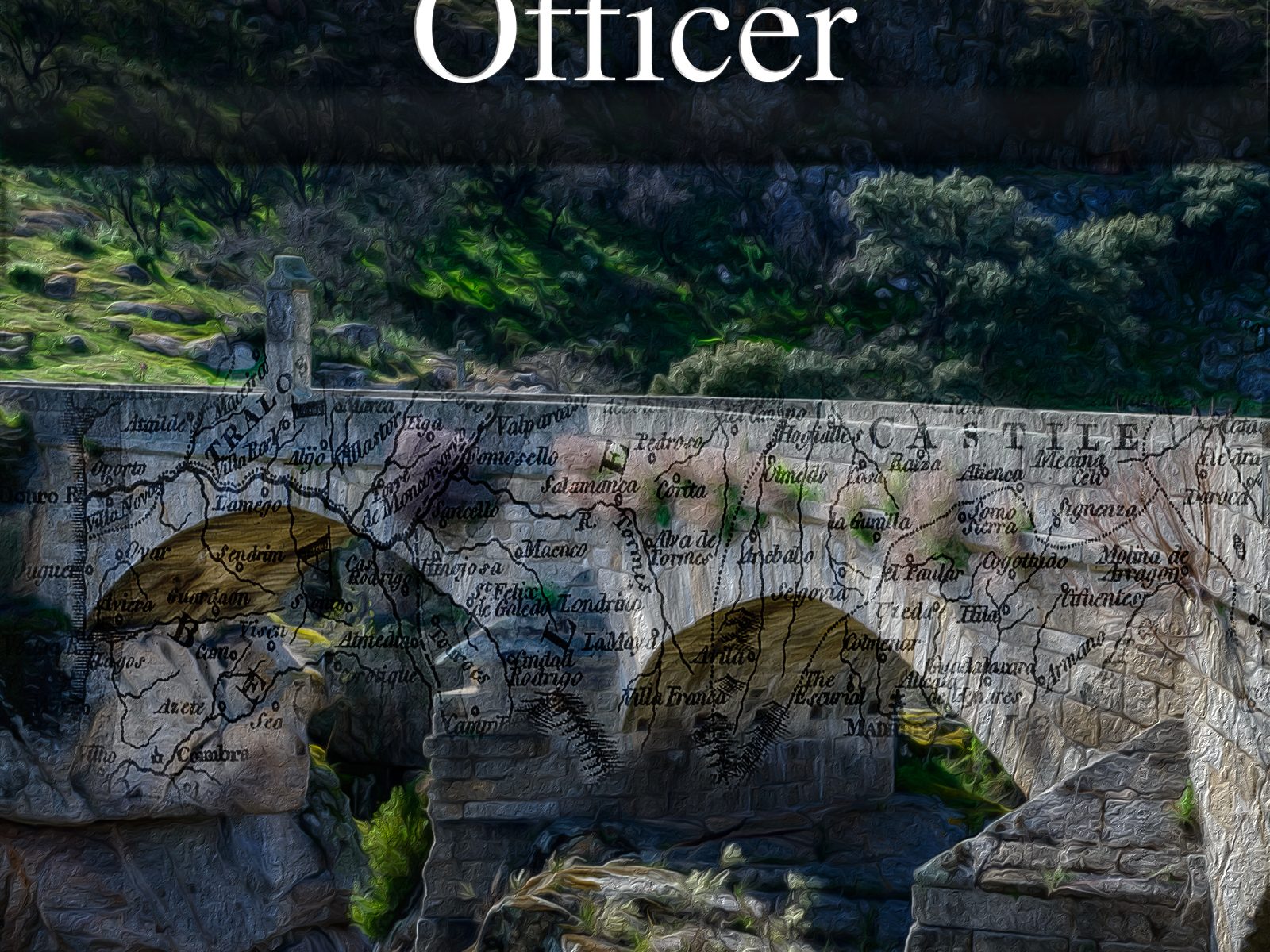



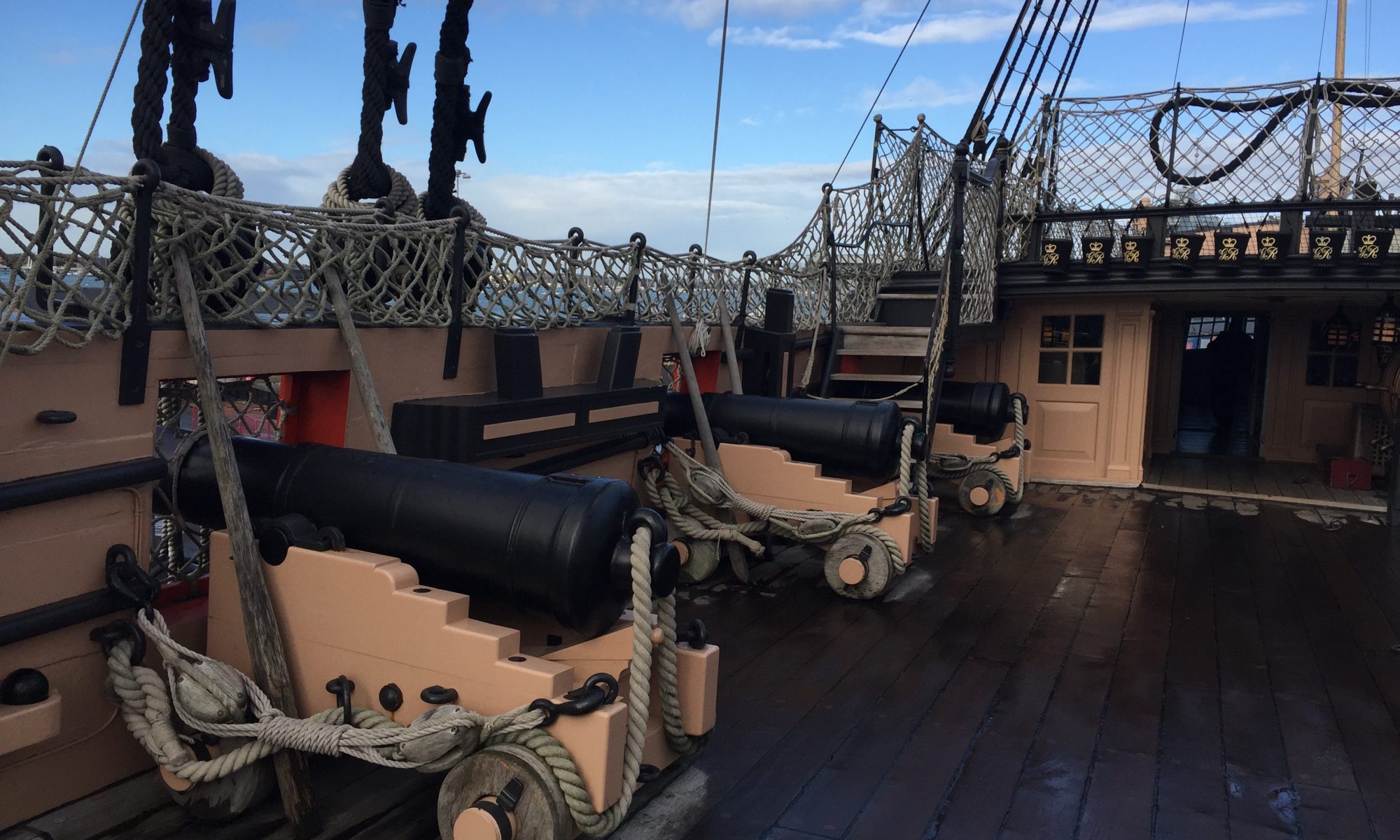
 Black Tot Day is something I’d never heard of until I did some research on army rations during the Peninsular War. It was one of those sessions where I went to have a quick look on Google to make sure my memory was correct on something and forty five minutes later I found myself still immersed in Royal Navy history.
Black Tot Day is something I’d never heard of until I did some research on army rations during the Peninsular War. It was one of those sessions where I went to have a quick look on Google to make sure my memory was correct on something and forty five minutes later I found myself still immersed in Royal Navy history.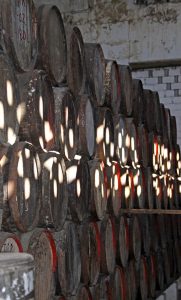 The daily tot was a long-standing naval tradition. In the seventeenth century English sailors were allocated a gallon of beer a day but there was a problem with storing so much liquid aboard ships. In 1655, therefore, sailors were offered a half pint of rum instead and rum quickly became the drink of choice. Due to increasing problems with drunkenness on ships the ration was set in naval regulations in 1740 so that the rum was mixed with water on a 4:1 ratio and split into two servings per day.
The daily tot was a long-standing naval tradition. In the seventeenth century English sailors were allocated a gallon of beer a day but there was a problem with storing so much liquid aboard ships. In 1655, therefore, sailors were offered a half pint of rum instead and rum quickly became the drink of choice. Due to increasing problems with drunkenness on ships the ration was set in naval regulations in 1740 so that the rum was mixed with water on a 4:1 ratio and split into two servings per day. One of the most shocking of these was the sacking of Badajoz in 1812 when the British army ran wild in the town for three days, ignoring all orders and looting, murdering and raping at will. A big part of this horrific incident was probably due to drunkenness as the wine shops and cellars of the town were the first to be looted. When some officers tipped over the wine pipes in an attempt to limit their soldiers drinking, the men lay down in the street and drank the wine from the gutters.
One of the most shocking of these was the sacking of Badajoz in 1812 when the British army ran wild in the town for three days, ignoring all orders and looting, murdering and raping at will. A big part of this horrific incident was probably due to drunkenness as the wine shops and cellars of the town were the first to be looted. When some officers tipped over the wine pipes in an attempt to limit their soldiers drinking, the men lay down in the street and drank the wine from the gutters. Personally I think that a tot of rum at 11am every day would send me to sleep for the rest of the day but there is no doubt that back in 1970 a lot of ratings would have echoed Captain Jack Sparrow’s horrified question…
Personally I think that a tot of rum at 11am every day would send me to sleep for the rest of the day but there is no doubt that back in 1970 a lot of ratings would have echoed Captain Jack Sparrow’s horrified question…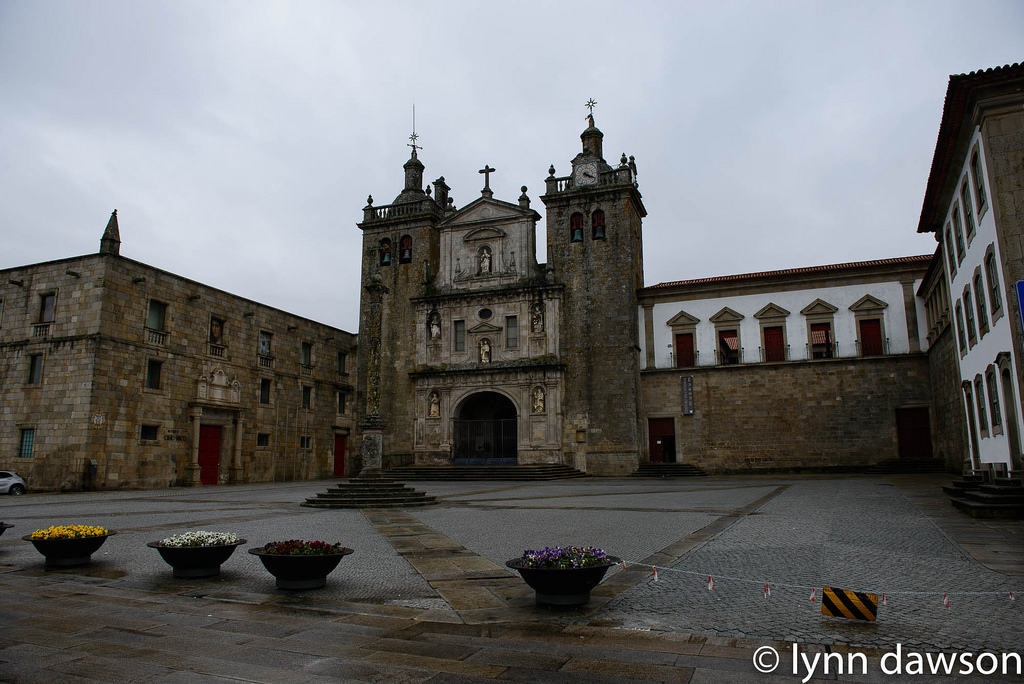




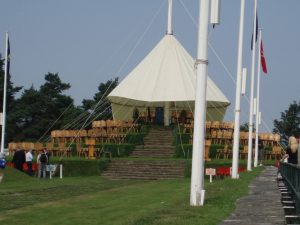
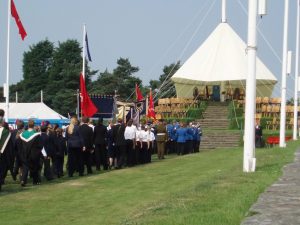 All bills which have received the Royal Assent are promulgated on Tynwald day and if this does not happen within 18 months of passing the bill it ceases to have effect. Other proceedings can include the presentation of petitions and the swearing in of public officials. There is a formal procession which includes the Lieutenant Governor, Members of the House of Keys and of the Legislative Council, the Deemsters who are the highest judicial officers, any guests of honour from other nations, clergymen, leaders of local governments and any other state officials of the Isle of Man. Members of the general public attend the ceremony as do local constabulary and military. It is a highly formal affair.
All bills which have received the Royal Assent are promulgated on Tynwald day and if this does not happen within 18 months of passing the bill it ceases to have effect. Other proceedings can include the presentation of petitions and the swearing in of public officials. There is a formal procession which includes the Lieutenant Governor, Members of the House of Keys and of the Legislative Council, the Deemsters who are the highest judicial officers, any guests of honour from other nations, clergymen, leaders of local governments and any other state officials of the Isle of Man. Members of the general public attend the ceremony as do local constabulary and military. It is a highly formal affair.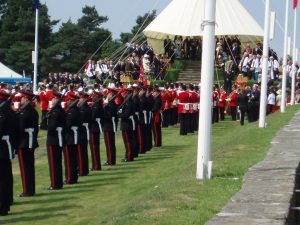 Before Tynwald sits, the individual presiding inspects the guard of honour and lays a wreath at the National War Memorial. There is a religious service in the chapel at 11am and then Tynwald proceeds to the adjacent Tynwald Hill. The path is strewn with rushes following the celtic custom of pleasing the sea god Mannanan with bundles of rushes on Midsummer’s Eve. The path is lined with flagpoles, which fly the national flag and the parliamentary flag. The laws are proclaimed from Tynwald Hill which has existed from at least the end of the 14th century. Once this is done, Tynwald reconvenes in the Chapel and quill pens are used to sign certificates documenting the promulgation of the laws.
Before Tynwald sits, the individual presiding inspects the guard of honour and lays a wreath at the National War Memorial. There is a religious service in the chapel at 11am and then Tynwald proceeds to the adjacent Tynwald Hill. The path is strewn with rushes following the celtic custom of pleasing the sea god Mannanan with bundles of rushes on Midsummer’s Eve. The path is lined with flagpoles, which fly the national flag and the parliamentary flag. The laws are proclaimed from Tynwald Hill which has existed from at least the end of the 14th century. Once this is done, Tynwald reconvenes in the Chapel and quill pens are used to sign certificates documenting the promulgation of the laws.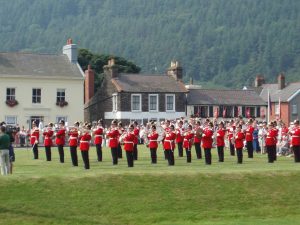 For the first few years we were on the island it was an annual event to go to Tynwald Day. I admit I was fascinated by the history, the idea that this ceremony, in some form or another, has been going for so long. It is very different to the British opening of Parliament and Queen’s speech which is very much a Parliamentary event. This is an event for the people, and the tradition of people bringing their grievances before Tynwald on this day really happens, I know people who have done it.
For the first few years we were on the island it was an annual event to go to Tynwald Day. I admit I was fascinated by the history, the idea that this ceremony, in some form or another, has been going for so long. It is very different to the British opening of Parliament and Queen’s speech which is very much a Parliamentary event. This is an event for the people, and the tradition of people bringing their grievances before Tynwald on this day really happens, I know people who have done it.  This year, as an example, several Manx women staged a silent protest dressed in
This year, as an example, several Manx women staged a silent protest dressed in